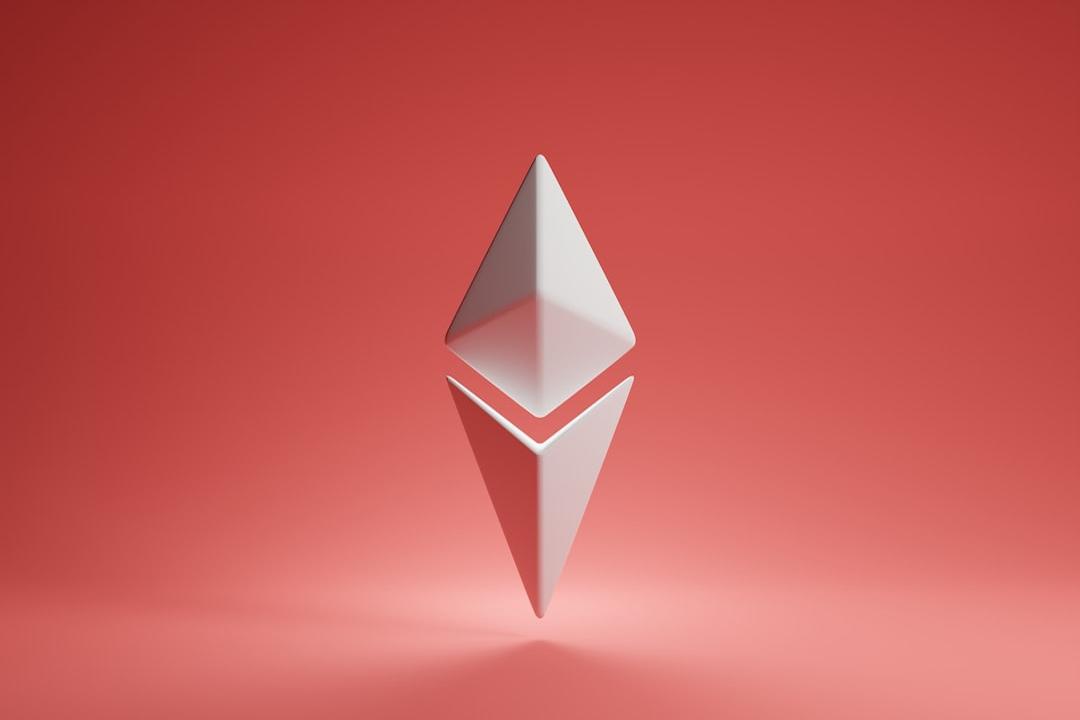Gora Network, a decentralized oracle network, plays a crucial role in the blockchain ecosystem by providing real-world data for onchain operations. Christopher Brookins, the head of business at Gora Network, recently participated in an AMA with Cointelegraph’s Maxwell Koopsen on June 5th.
During the AMA, Brookins emphasized that Gora Network is not competing with Chainlink, but rather focusing on innovation in the unexplored design space. As a participant in the Cointelegraph Accelerator program, Gora Network stands out for its innovative approach, such as the development of a unique tool that originated from Brookins’ previous project, RociFi. RociFi aimed to bring under-collateralized loans to the blockchain by using machine learning to assess creditworthiness based on a user’s Ethereum wallet history.
Building on this expertise, Gora Network has developed the DeFi Risk Oracle, which enables lenders to offer customized loan options based on individual borrower risk profiles. This means that borrowers with strong credit scores can access larger loans, while loyal users benefit from lower borrowing costs. Brookins believes that the DeFi Risk Oracle solves real problems for users.
In terms of decentralization, Gora Network’s infrastructure was specifically designed to be decentralized from the ground up. The network relies on a geographically distributed network of node operators who act as guardians of data integrity. Before any offchain data is added to the blockchain, a quorum of nodes must validate its accuracy to ensure that only trustworthy information is included.
To mitigate the risks of data manipulation or errors, Gora Network incorporates multiple data sources. The goal is to include as many sources as possible to ensure robust validation and prevent any single point of failure. Additionally, robust validation mechanisms ensure that only accurate information is added to the blockchain.
Gora Network started its journey on Algorand, a blockchain known for its scalability and security. While Algorand serves as the “brain” of the system, the team recognizes the limitations of a single-chain approach. As a result, Gora Network recently expanded to EVM-compatible chains to cater to the diverse DeFi landscape. Along with this expansion, Gora Network also introduced the ERC-20 token.
The GORA token plays a critical role in the multichain data flow of Gora Network. It incentivizes participation within the network by rewarding those who contribute valuable real-world data points. Essentially, GORA tokens serve as the lifeblood of the Gora Network, facilitating the seamless exchange of information between the real world and the blockchain.
Looking to the future, Brookins envisions a more open and dynamic environment where users can offer any information about themselves and be rewarded for it. He envisions a data marketplace where users can aggregate data feeds or attest to their accuracy, without requiring any special technology integration. This would streamline the exchange of information and remove friction for projects in the Web3 space.
Brookins also highlights the potential of decentralized identities to impact the industry, particularly in streamlining DeFi transactions. By leveraging verifiable data, approvals and processes can become faster, more efficient, and cheaper compared to traditional financial institutions. However, Brookins acknowledges that intermediary steps need to be put in place before this vision can become a reality.
While Gora Network currently focuses on DeFi, artificial intelligence, and computing, the team remains open to exploring any data needs within the Web3 space. Their goal is to become the go-to source for onchain data.
Disclaimer: This article is a sponsored content and does not constitute investment advice. Readers should conduct their own research and take full responsibility for their decisions. Cointelegraph does not endorse any specific content or product on this page.

